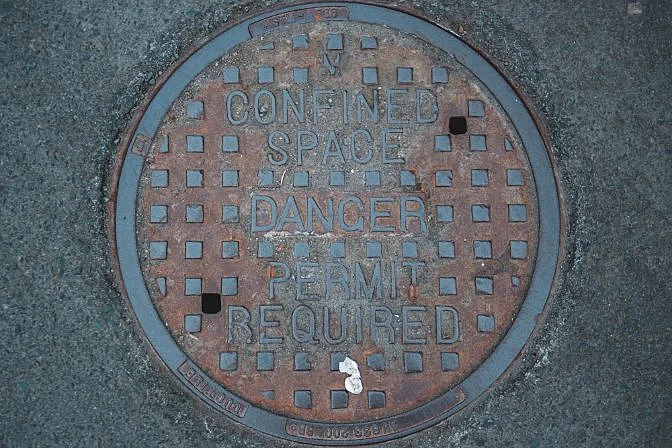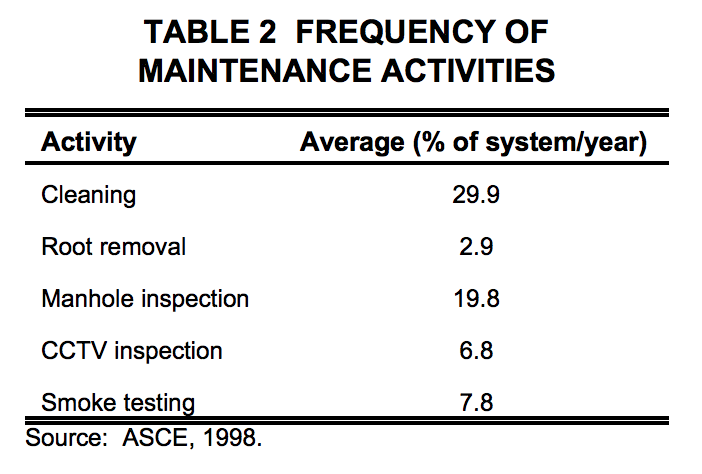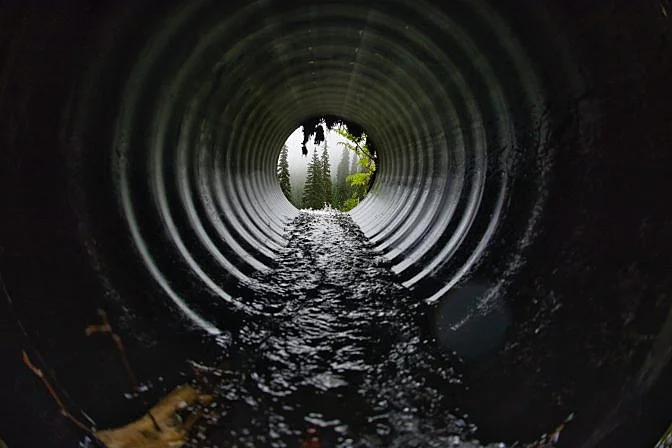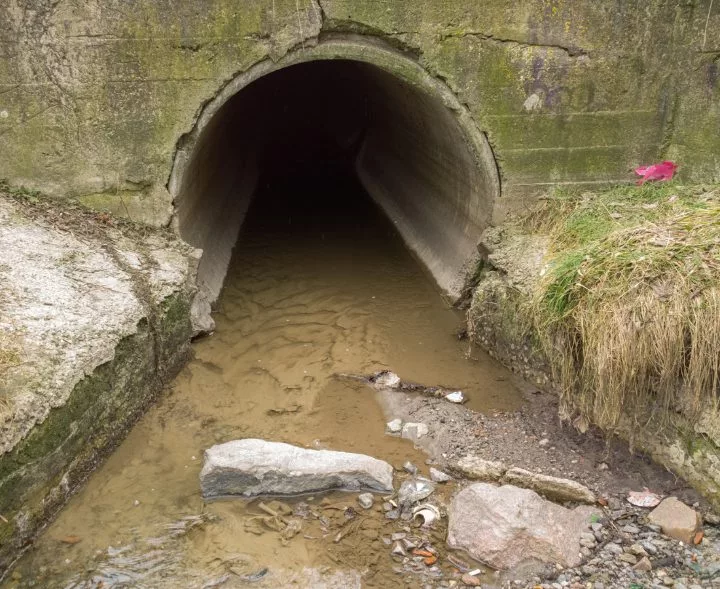Sewer inspections are a crucial part of maintaining the health and functionality of both municipal and residential sewer systems. Whether it's for a city or a home, understanding how these inspections work is essential to prevent costly damage and ensure public safety. As you may have experienced, a small issue in a sewer system can quickly escalate into a major emergency. Water or even raw sewage can unexpectedly flood areas where it shouldn’t be due to broken pipes or blockages. That’s why regular sewer inspections are so important. City sewer inspections are designed to identify and resolve such issues before they become critical. Trained inspectors often use specialized equipment to check large pipes and other parts of the wastewater infrastructure. In some cases, caged drones like the Elios 3 are used instead of humans, especially when the environment is too dangerous or tight for people to enter. Drones equipped with cameras allow inspectors to collect visual data about the condition of the pipes. This helps them diagnose problems or simply confirm that everything is functioning properly. The data gathered can also be used for long-term maintenance planning and monitoring. This article dives into the key aspects of sewer inspections, including their purpose, the differences between home and city inspections, common techniques used by professionals, and how modern technology like indoor drones is transforming the industry. Sewer line inspectors typically use visual data to evaluate the condition of pipes and other parts of the wastewater system. There are two main reasons for conducting these inspections: 1) To address an urgent problem that has already caused a sewer emergency, such as a backup or leak. 2) As a preventive measure, to identify potential issues before they lead to more serious problems. An emergency sewer inspection is usually required when there’s a sudden problem, like water backing up in a sink or toilet, or a large amount of sewage appearing in a public area. These situations require immediate action to locate and fix the source of the issue. Many cities conduct regular sewer inspections as part of their maintenance programs. As sewer systems age, the risk of failure increases. Proactive inspections help identify weak points and prevent unexpected failures, saving time, money, and resources in the long run. Watch this video to see how a routine sewer inspection is conducted using a drone: Want to know how often cities in the U.S. conduct maintenance on their sewer systems? According to the American Society of Civil Engineers (ASCE), regular inspections are a standard practice across many municipalities. While both home and city sewer inspections aim to gather visual data about pipe conditions, there are significant differences in scale and complexity. Home sewer inspections typically involve using a camera attached to a snake-like device called a sewer scope. This is used to check for cracks, roots, clogs, or collapsed sections of the pipe. These inspections are often done either after a problem arises or as a preventive measure. City sewer inspections are much larger operations. They often involve inspecting large-diameter pipes that are too big for a person to enter. Historically, inspectors had to go inside, but now, advanced technologies like drones are being used to make the process safer and more efficient. There are several methods used to inspect city sewer systems: These involve inspectors entering the pipes with a flashlight to look for signs of damage or blockage. It's a direct method but can be risky in confined spaces. Closed-circuit television (CCTV) is commonly used for smaller pipes. A camera is mounted on a sled or raft and moved through the pipe to capture detailed footage of its interior. Similar to CCTV, these inspections use cameras to gather visual data. The difference lies in the specific tools and setup used. This method involves placing a camera at the center of a manhole to get a basic view of the pipe. It’s less detailed and used mainly for low-priority areas. Indoor drones are making a huge impact in the field of sewer inspections. They improve safety, reduce costs, and speed up the inspection process. Here are three key benefits: Drones eliminate the need for human inspectors to enter hazardous environments, significantly improving safety during inspections. Using drones reduces labor costs and makes inspections faster and more efficient. Some cities report that drone inspections are twice as fast and 40% cheaper than traditional methods. Drones like the Elios 3 provide high-quality visual data, including real-time 3D mapping. This allows for more accurate assessments and better long-term maintenance planning. Sewer inspections are becoming smarter and safer thanks to advancements in drone technology and LiDAR scanning. These innovations not only protect workers but also improve efficiency and accuracy. As the technology continues to evolve, we can expect to see even more remote and automated solutions in the future. Learn more about the Elios 3, one of the most advanced sewer inspection drones available today, and see how it’s helping cities around the world maintain their critical infrastructure.
China high end Long Size Commercial Cooler Finned Evaporator,Copper Tube Finned Evaporator for Fridge Showcase,Finned Evaporator for Fridge and Refridgerator,Tube Finned Evaporator for Fridge Showcase
Our company has always had strict quality control standards in the market of refrigeration and heat exchange equipment, focusing on providing customised services to our customers. Not only do we have high requirements for the selection of raw materials, but we also keep up to date with the latest production processes and have high testing standards.
supper quality Fin Type Condenser, supper quality Cooling Fridge Refridgerator,Finned new Type Cooling Evaporator,,new type of condensator and evaporator Xinxiang Yukun Refrigeration Technology Co.Ltd , https://www.yukunevaporator.comThe Reality of Sewer Inspections - Everything You Need to Know

Two Key Reasons for Conducting Sewer Inspections
Reason 1: Addressing an Emergency
Reason 2: Routine Maintenance

Home vs. City Sewer Inspections
Home Sewer Inspections
City Sewer Inspections

Common Techniques Used in City Sewer Inspections
Visual Inspections

CCTV Inspections
Camera Inspections
Lamping Inspections
How Drones Are Changing Sewer Inspections

1. Enhanced Safety
2. Cost Efficiency
3. Better Data Collection
The Future of Sewer Inspections: Embracing Technology
Our company mainly produces products for:Fin Evaporator.Fin Type Condenser.Capillary Tube. Coolant Reservoir.Plate Reinforcement Parts.Stamped Parts.Aluminum Tube.Instrument Testing Equipment.
If you have any interest, please feel free to contact us. We can provide customized service according to your drawings or samples.
June 25, 2025